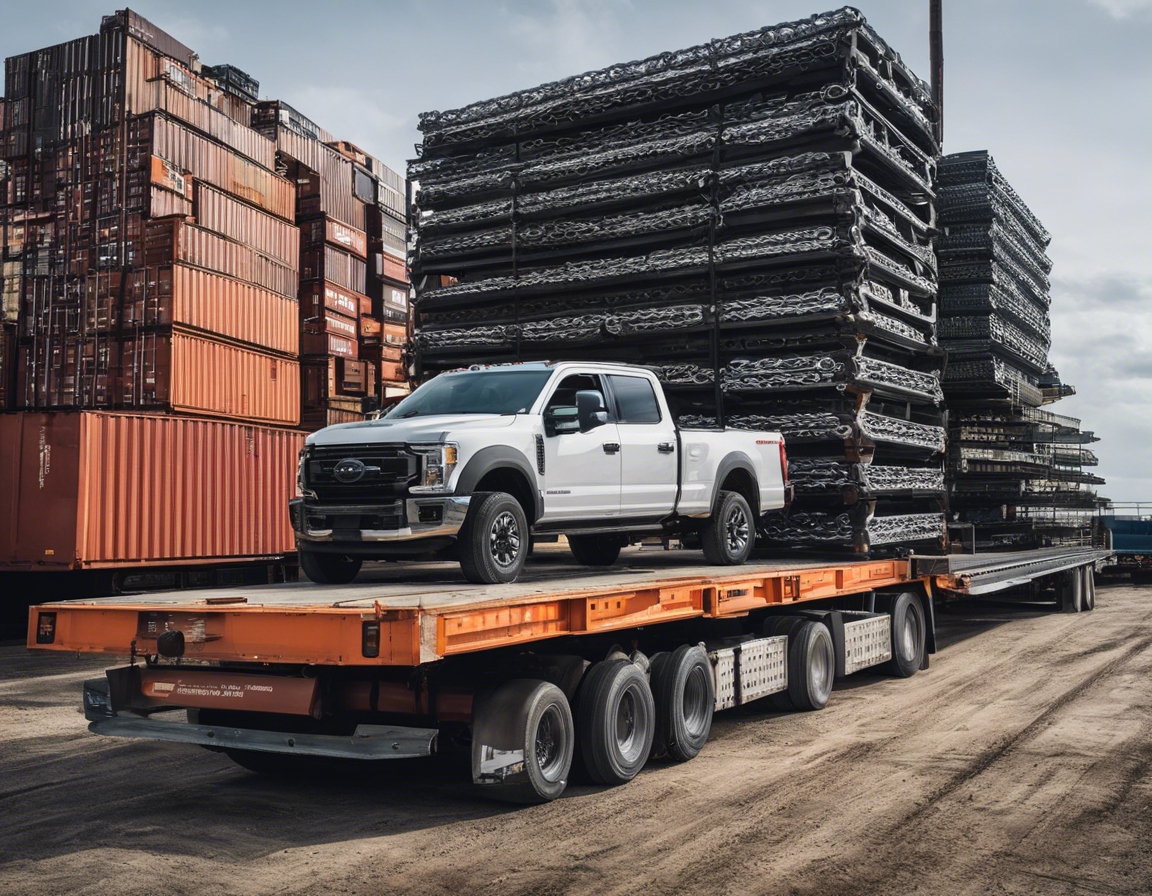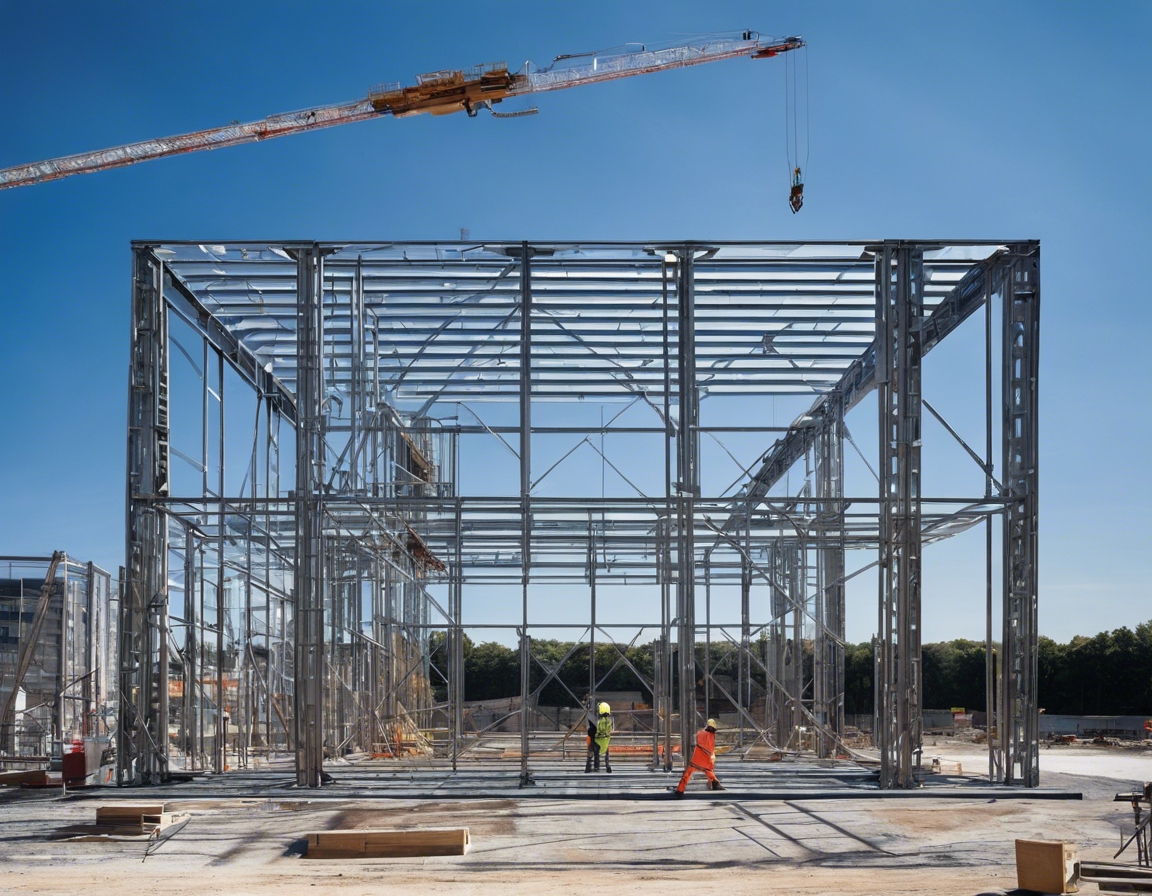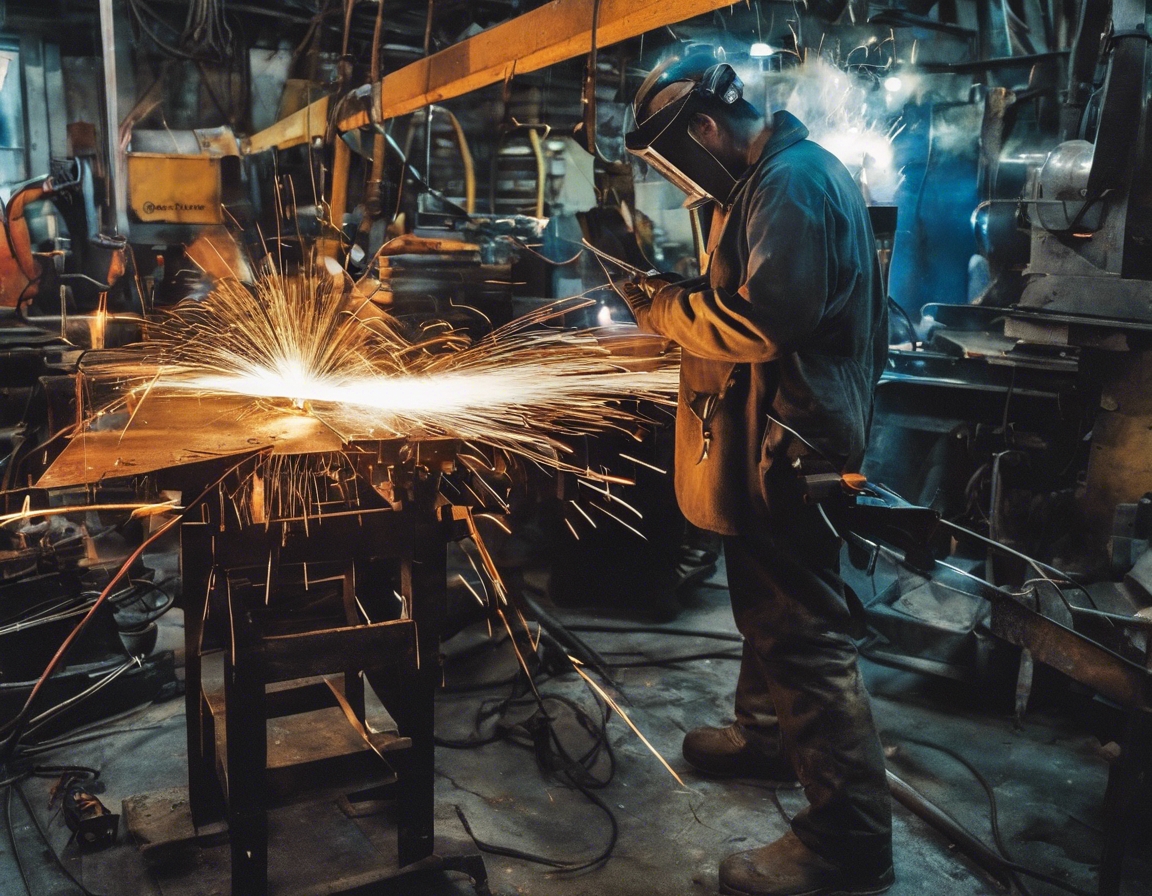Understanding the aisi 304 grade for stainless steel
AISI 304 stainless steel is an austenitic grade known for its excellent corrosion resistance and versatility. This grade is part of the American Iron and Steel Institute (AISI) designation system and is also known as 18/8 stainless steel, reflecting its composition of approximately 18% chromium and 8% nickel.
The development of AISI 304 dates back to the early 20th century, marking a significant advancement in corrosion-resistant materials. Its widespread adoption has made it a staple in the metal industry, particularly in applications where both the aesthetic appeal and functional durability are critical.
Composition and Characteristics
The chemical composition of AISI 304 stainless steel is carefully balanced to provide a harmonious mix of elements that contribute to its corrosion resistance and formability. The presence of chromium and nickel, along with carbon, manganese, silicon, phosphorus, sulfur, and nitrogen, creates a stable austenitic structure.
AISI 304 stainless steel boasts a high tensile strength, excellent formability, and the ability to withstand a wide range of temperatures. Its non-magnetic properties in the annealed condition and its ability to be welded with or without filler metals make it a versatile choice for various applications.
Manufacturing Process of AISI 304
The manufacturing process of AISI 304 stainless steel involves melting the raw materials in an electric furnace, refining the molten metal, and casting it into slabs or billets. These are then formed into the desired shapes through hot and cold working processes.
Forming techniques such as rolling, forging, and extrusion are used to shape AISI 304 stainless steel, followed by finishing processes like annealing, pickling, and passivation to enhance its corrosion resistance and aesthetic appeal.
Applications of AISI 304 Stainless Steel
AISI 304 stainless steel is extensively used in construction and architectural design, featuring in everything from structural supports to decorative elements. Its hygienic properties also make it ideal for use in kitchens, bathrooms, and medical facilities.
Due to its durability and resistance to a wide range of chemicals, AISI 304 is favored in the food processing, pharmaceutical, and chemical industries. It is also commonly used in automotive and aerospace applications for its strength-to-weight ratio.
Comparative Analysis
When compared to other stainless steel grades, AISI 304 offers a balanced combination of affordability and performance. It is more corrosion-resistant than lower-grade alloys but less expensive than specialized high-performance grades.
Considering its longevity and minimal maintenance requirements, AISI 304 stainless steel presents a cost-effective solution for long-term projects. Its adaptability to various environments and applications further enhances its value proposition.
Maintenance and Care for AISI 304
Regular cleaning with mild detergents and soft cloths can maintain the luster and integrity of AISI 304 stainless steel surfaces. Avoiding the use of abrasive materials and harsh chemicals will prevent surface damage and corrosion.
With proper care, AISI 304 stainless steel can last for decades, even in harsh environments. Its recyclability also contributes to its favorable lifecycle assessment, making it an environmentally responsible choice.






Comments (0)